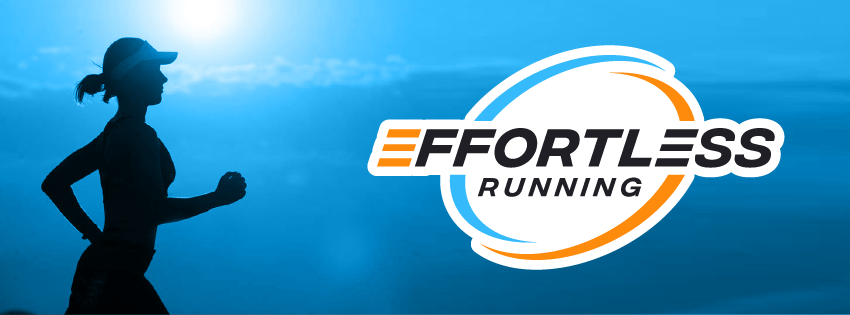
Be a savvy shoe selector
Have you ever sat in a restaurant just gazing at the menu because you couldn’t make a decision on what to choose? Some menus are so overwhelming that we get analysis paralysis in trying to decide what we should have for dinner. Should I go for the soup as an entree or the shrimp cocktail? Fish or steak for the main? And what about dessert… The more choice you have, the more complicated the decision.
Codi A. Ramsey, Peter Lamb, Mandeep Kaur, G. David Baxter & Daniel Cury Ribeiro (2019) “How are running shoes assessed? A systematic review of characteristics and measurement tools used to describe running footwear”, Journal of Sports Sciences, 37:14, 1617-1629, DOI: 10.1080/02640414.2019.1578449
There is a vast array of brands and models out there. All different types and with different technology. Each of these shoes are designed and built for a certain type of feet. So how do you know what is right for you? The answer is actually surprisingly simple.
“The best running shoe for you is the one that feels the most comfortable on your foot and fits your foot the best.”
So how do you choose that perfect shoe? This article provides you with four easy steps to success. Follow these and you are guaranteed to get yourself a lovely new pair of runners!
Step 1: Arc… Ark… Argh… Arch!
The arch of the foot is an area along the bottom of the foot between the ball and the heel. You can have a high arch, neutral arch or a low arch (flatfoot).

In order to determine your foot type, you take the so-called “wet test”. To do this, wet both feet and then stand on tiles or a piece of paper for about 10 seconds. Step off and observe the imprint your foot made.
- A normal arch is when you see a distinct curve on the inside of the foot and roughly an inch (3 cm) of width on the smallest part of the foot
- A high arch is determined by a very narrow band connecting heel and toe
- A low arch or a flatfoot is when your imprint shows almost the entire width of your foot
Step 2: Support please
Now that you know your arch, you can determine how your foot behaves when you make a step or a stride. As shown in the above image, a low arch is often associated with a pronated (turned inwards) foot alignment. So low arch runners need support on the inside of their shoe to help prevent their ankle joint collapsing inwards.
Side note, foot strengthening drills like the tennis ball roll are highly recommended for this group. Simply place a tennis ball between your feet and try and roll it up your lower leg using the bottom of your other foot. For a visual, copy this: https://youtu.be/yKU37vKSybY
Contrary to the low arch runners, high arch runners need (some) help to prevent the ankle from rolling outwards too much. High arch runners should opt for a neutral shoe and practice rolling onto the ball of their foot in order to absorb the impact of the ground force. If you tend to roll your ankles often, you may be a high arch runner who needs to develop a better running form.
Neutral arch runners can choose a neutral running shoe, of course. However, as most of the anti-pronation shoes tend to be more expensive, a more expensive shoe may not be the better choice for your foot.
Step 3: Shape your shoe
In the shop you will find a variety of shoes in all shapes and sizes. The shapes give you a pretty good clue of what kind of shoe you are looking at. If the sole is wide and does not curve much, you are probably looking at a ‘motion control shoe’, good for low arch runners. Especially if there is a different coloured extra stability part in the middle of the sole. Another telltale sign is a different colour patch that wraps around the heel of the shoe. These are the shoes that low arch runners want to look at.

If you have a normal arch or pronate slightly, you will want to look for a ‘stability shoe’. Stability shoes usually lack the different coloured motion control part in the sole. They have one colour sole and have a semi-curved shape to them. Stability shoes offer a good balance of cushioning and support.

Ultimately, if you have a high arch or a neutral arch, neutral cushioning shoes are the ones you will be looking for. These shoes have the most curved shape to them. If you have a high arched foot and run on the outside of your foot, you should choose a neutral cushion shoe.
Step 4: Show time!
Armed with knowledge about what type of runner you are and what shape, size and colour shoe you are looking for, go to the local running store. If they won’t let you try on the running shoes or will not allow you to run on the treadmill or a few laps outside the store, feel free to smile and immediately turn around to go to another store. You must be able to test the shoe that you are planning to buy. To make sure you help the salesperson to find the perfect shoe for you, bring your old, worn-out pair of shoes so (s)he can have a look at the profile of the sole.
Also let the salesperson know what type of runner you are, what the surface is that you intend to use the shoes on (trail, road, track, ice), what you weekly average running volume is and of course what your arch is.
Try on at least three different pairs of shoes for your foot type. There is no one right way of selecting a shoe but remember the golden rule:
The best running shoe for you is the one that feels the most comfortable on your foot and fits your foot the best.
Every self-respecting running shoe brand has a range of shoes that caters to all three-foot arches. Once you know you are in the correct category of shoes, there should be at minimum a choice of two brands for you. Once you reduced that wall of loud screaming colours to two or three brands with your type of shoe, the choice becomes a whole lot easier.
Happy Shopping!
You can download the free Effortless Running Secrets e-book on www.effortlessrunning.com and start your running transformation with the 3-week Effortless Running Essentials program.
Effortless Running workshops are offered at the amazing facilities of the Sports and Wellness Resort of Thanyapura in Phuket. Check the availability of the Effortless Running workshops at www.thanyapura.com.




